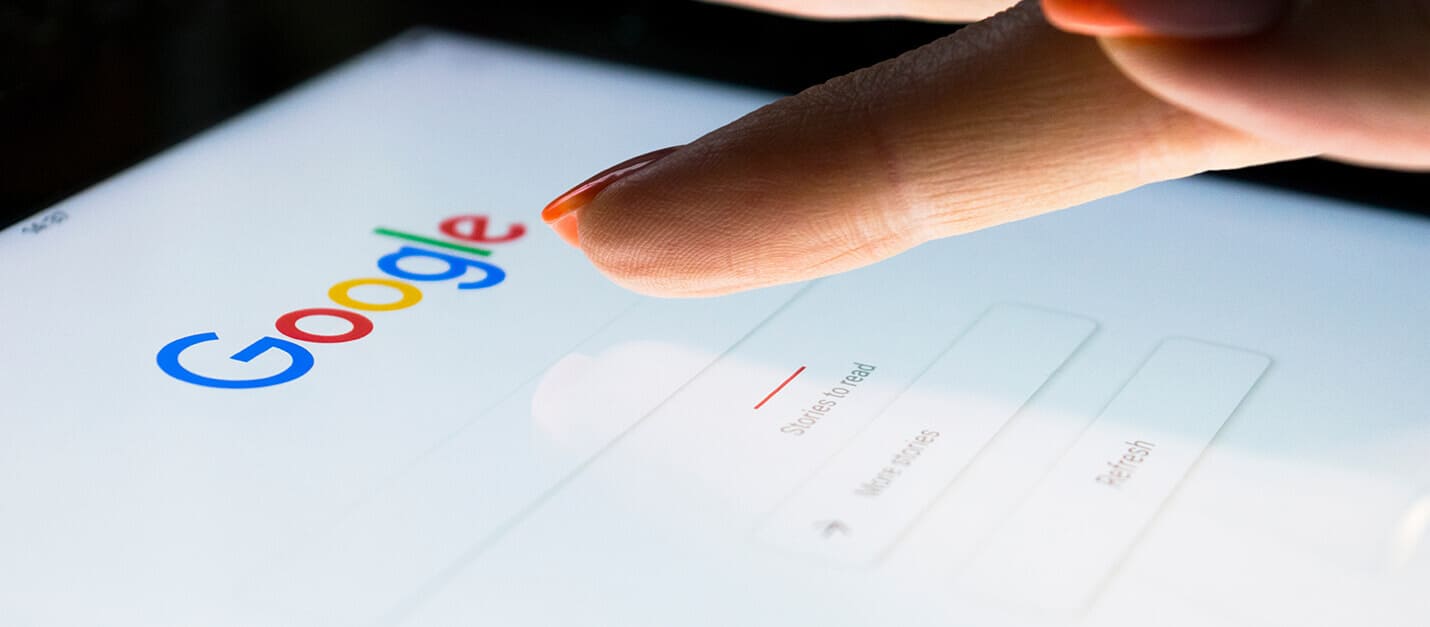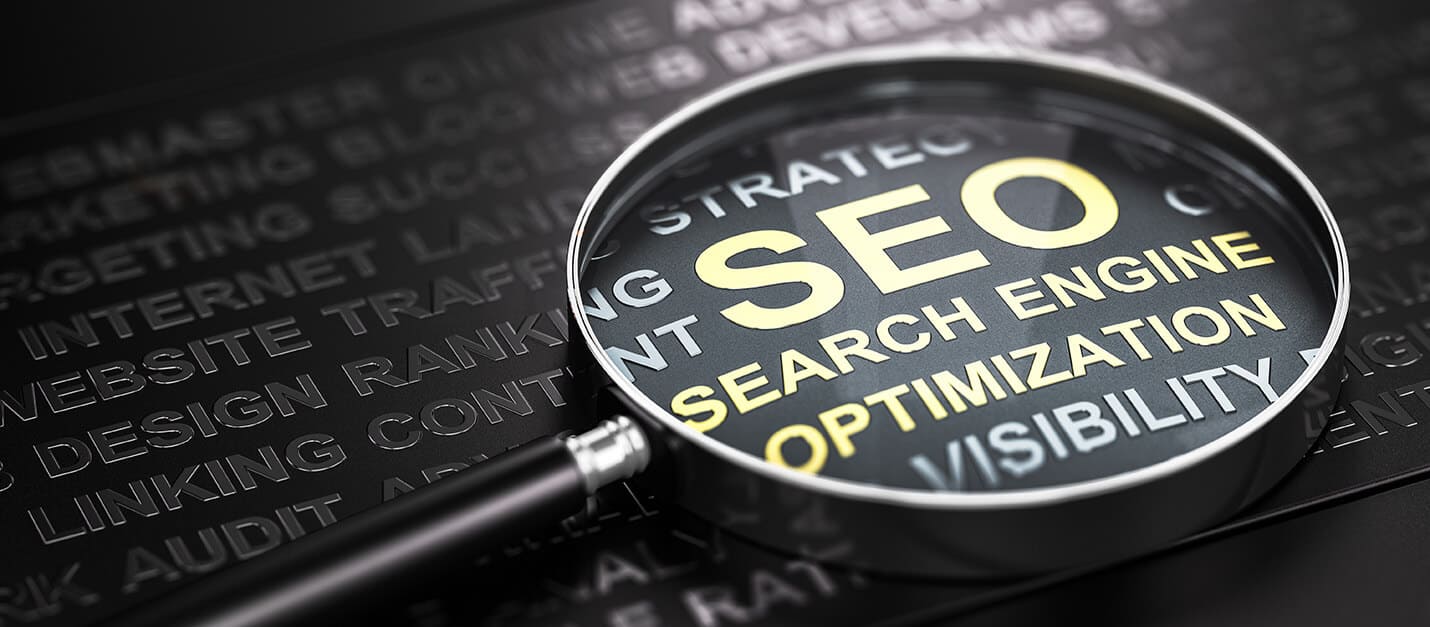Contact Details
sales@thrasker.com (813) 565-9024 10901 Danka Circle North, Suite BSt.Petersburg FL 33704
Technical SEO isn't the only important aspect of a site.
Design matters to users and robots.

Every company with an online presence wants their website to be as visible as possible to their target audience. This is what generates new business, stimulates cash flow, and ultimately grows the business. But how does a business achieve this goal with their site? A website capable of delivering these goals must be designed with SEO (Search Engine Optimization) in mind. Search engines want to deliver the user the most valuable result from their online inquiries. To do this, search engines use an algorithm for ranking websites in order of appearance when a user submits an inquiry seeking a desired result. This algorithm is a complex calculation that takes in to consideration many factors when determining it’s ranking.

Responsive Design – Is providing optimal viewing, easy reading, navigation with minimal resizing, panning, and scrolling across all device types. The reasons why responsive design is necessary are:
In 2015 Google released a mobile friendly algorithm that gives a ranking boost to all mobile friendly websites. Google defines mobile friendly web pages as easily legible without any interaction, buttons have adequate spacing from one another, and there is minimal content that only shows on a desktop. Since the mobile device has by and large replaced the desktop as the preferred means of access to the internet, Google announced in 2018 they were starting to migrate sites to mobile-first indexing. Now the mobile version of a site will be used for indexing and ranking to better serve the user base.
3. Bounce RateA “Bounce” is when someone visits a site and leaves with no interaction. Google Analytics can show bounce rates for the overall site, segments, and specific pages of the site. Reduced bounce rates allow Google to rank your site higher based on successful SEO. Three main factors attributed to bounce rates are Content, Links, and RankBrain. RankBrain is a Google name for a machine learning artificial intelligence system used to help process search results. The main purpose of RankBrain is to improve search results for users. High bounce rates tell Google your site is not what the user is looking for in their search. Low bounce rates are one goal for higher SEO rankings. Ways to lower bounce rates are:
The system for increasing site visitors to take a desired action (call your business or fill out a contact form) is called Conversion Rate Optimization. The strategy to optimize the conversion rate is to make the phone number or contact forms visible at all times, usually at the top or right side of the page, and locked in place. Extra clicks to find the call to action will minimize the conversion rate, therefore reducing the overall site ranking. The more pages the visitor views, the more likely they are to contact you. Utilize calls to action related to the photo gallery, interlinking monthly specials, or other pages.
5. AMP (Accelerated Mobile Pages)Developers are moving to this new mobile format (AMP). Google and users prefer fast loading sites. A stripped-down version of the site will load instantaneously because they are pulled directly from the Google server. The downside to this loading speed is users tend to bounce before they get to your actual full website. To get users from the AMP version of the site to your actual website, the design of the AMP version must be as similar as possible to your mobile website. This should include the header, navigation and call to action. Enticing the user to click on to another page will bring them in to your website and conversion funnel.
Site Design for any industry requires a combination of customer service and technical expertise. In order to achieve optimal results, working with Thrasker will utilize these same requirements to bring the desired online presence to grow your business.